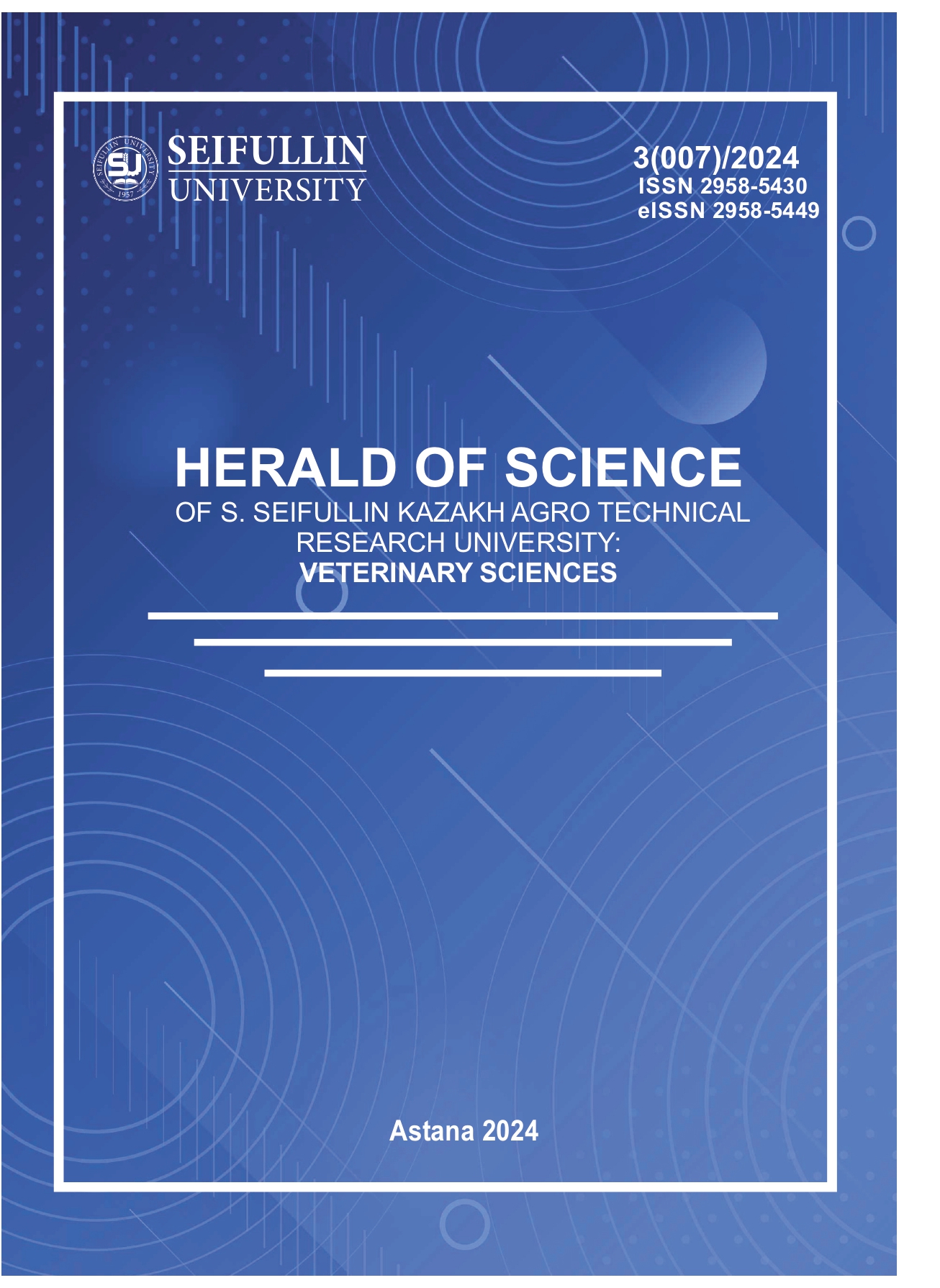Keratinolytic testing for diagnosing dermatophytosis in small domestic animals
##plugins.pubIds.doi.readerDisplayName##:
https://doi.org/10.51452/kazatuvc.2024.3(007).1764Ключевые слова:
dermatophytosis; hair perforation; keratin; keratin hydrolysate; Microsporum canis; Trichophyton benhamiae.Аннотация
Background and Aim. Keratin is used as a structural element by numerous animal groups. Because of the strength and stability of keratin, few organisms can break it down and use it as a food source. Only a few insects, bacteria, actinomycetes, and fungi can use keratin as their sole carbon and nitrogen source. The enzymatic ability of fungi to degrade keratin has long been considered a key innovation in the evolution of animal dermatology. The aim of the work is to develop keratinolytic tests for use and to identify their pathogenicity in the diagnosis of dermatomycetes of small domestic animals.
Materials and Methods. There were investigated the strains of the genera Trichophyton, Microsporum, and animal hair. The diagnosis for the detection of keratinolytic properties was carried out on three tests: hair perforation, nutrient media with grind animal hair and keratin hydrolysate. Results. The authors of this article present studies for diagnosing dermatophytosis in small domestic animals for pathogenicity using three keratinolytic tests: hair perforation, the addition of ground animal hair, and keratin hydrolysate to the culture medium. The three tests demonstrated high keratinolytic activity, which manifested as the formation of pegs on hair and the appearance of a clearing zone in the culture media under the influence of keratinase. It was also established that in media containing hair and keratin hydrolysate, the growth of cultures was faster, and the cultures did not exhibit pleomorphism, which is a positive aspect in terms of the accuracy and speed of diagnosis.
Conclusion. Keratinolytic test allows to determine the pathogenicity of small domestic animal dermaticosis pathogens. The test showed that cultures do not form pleomorphisms, which contributes to the accurate identification of pathogens.

